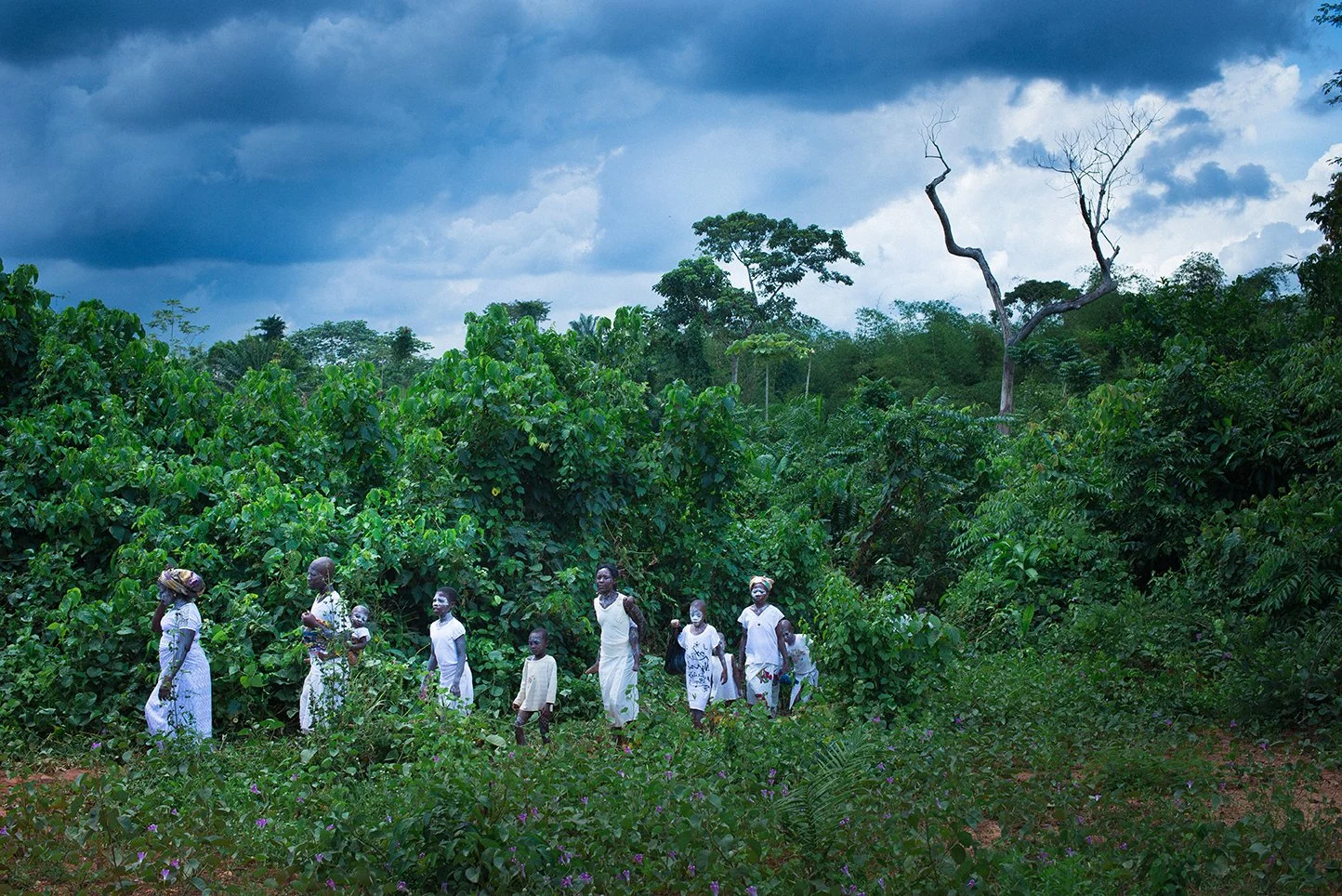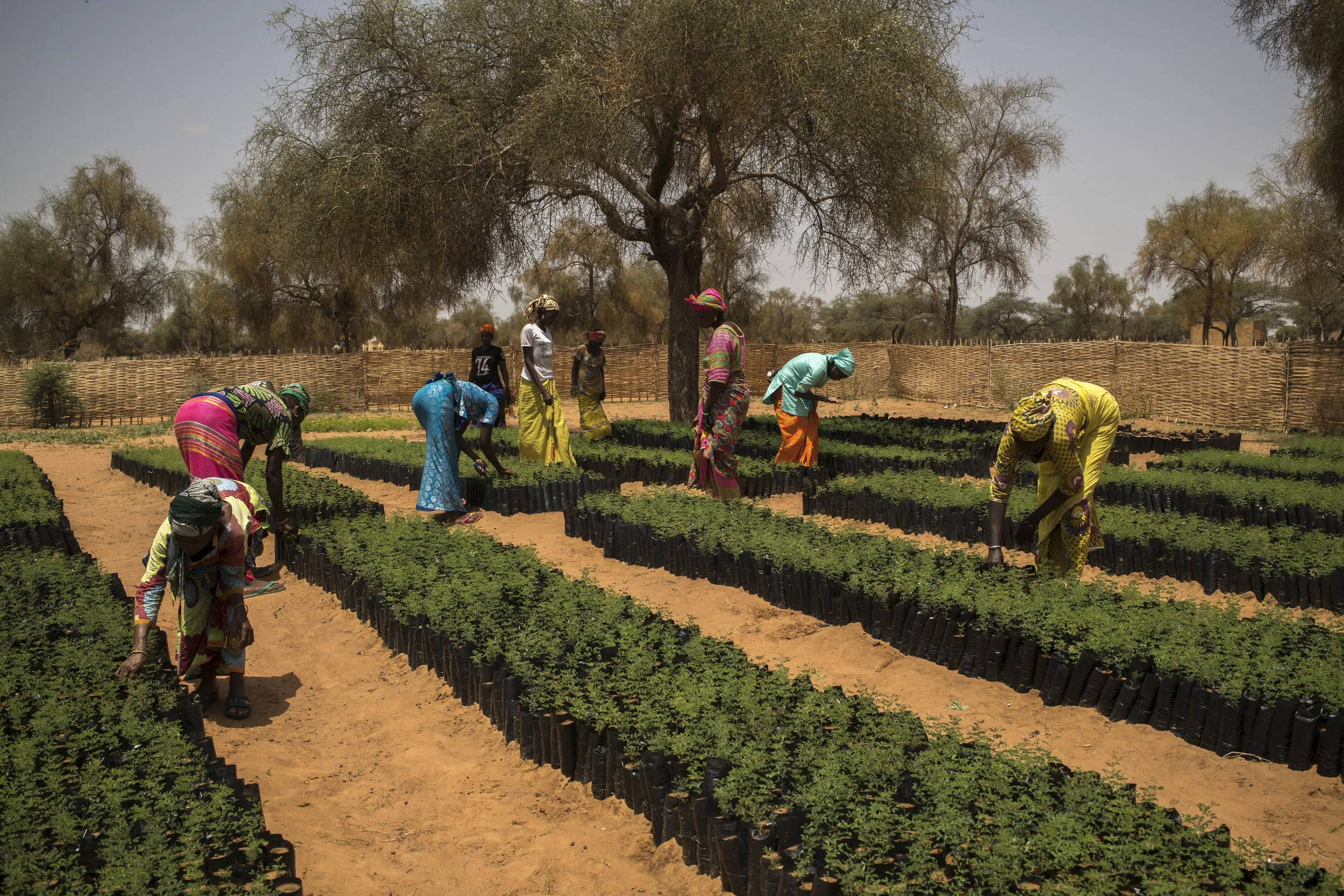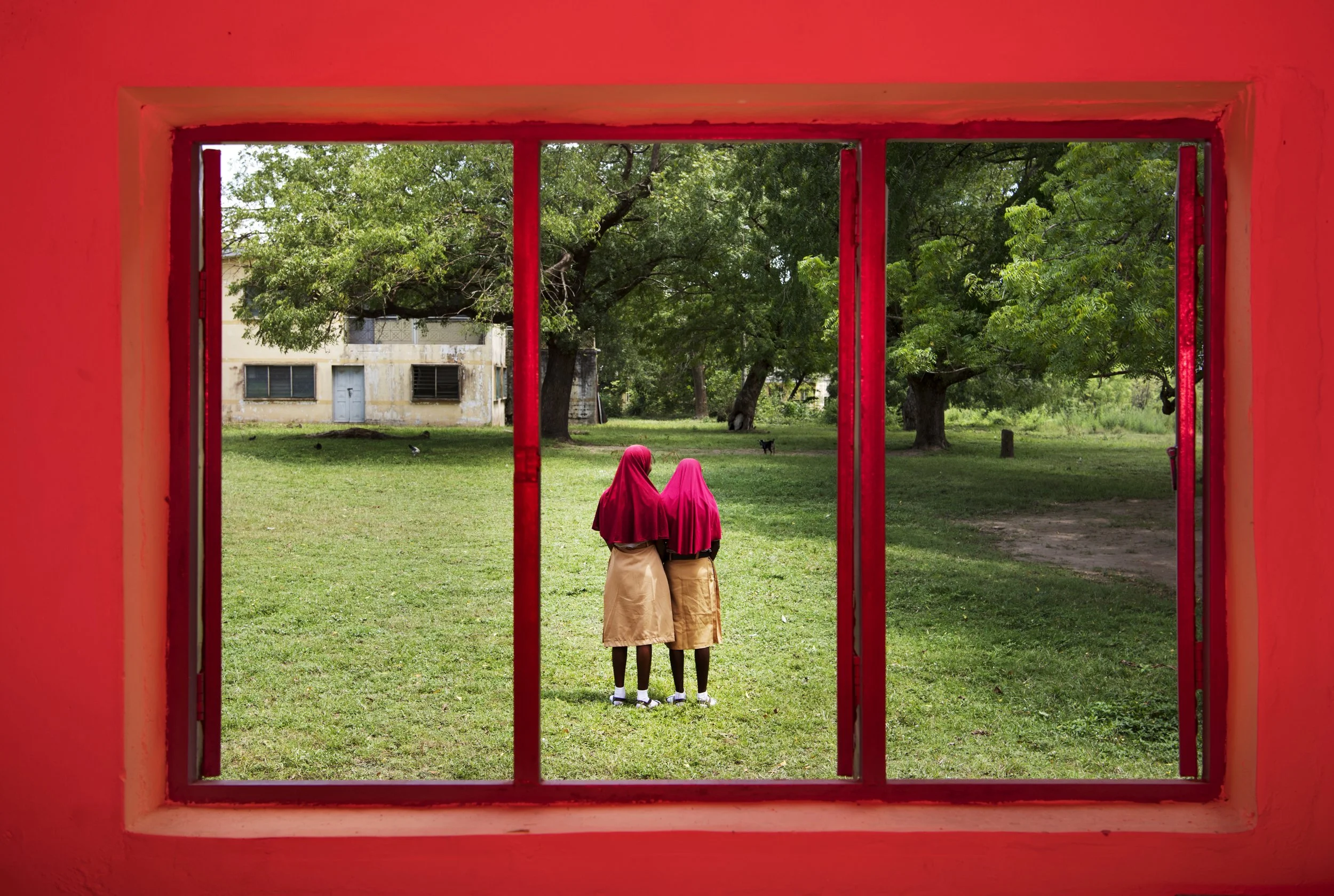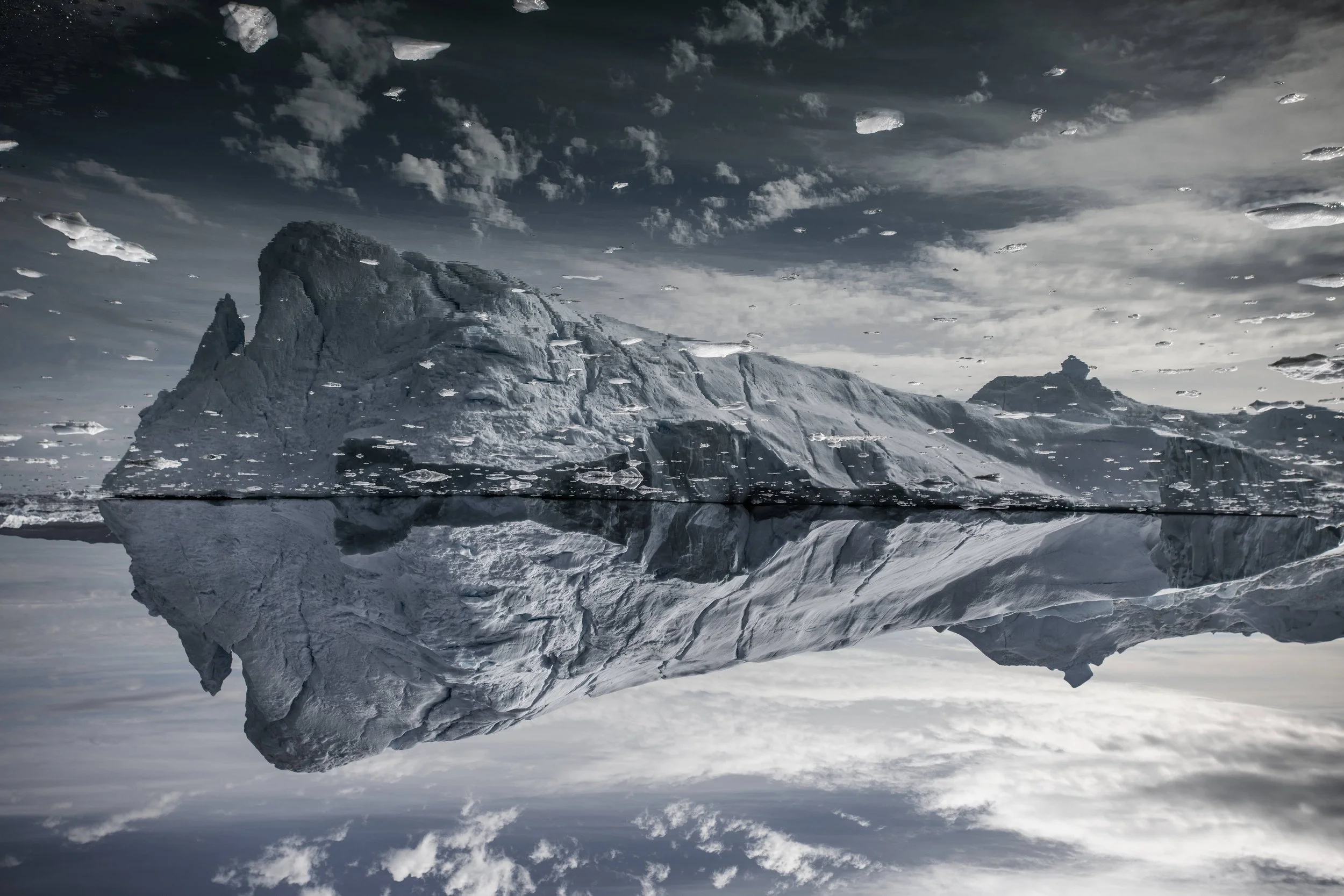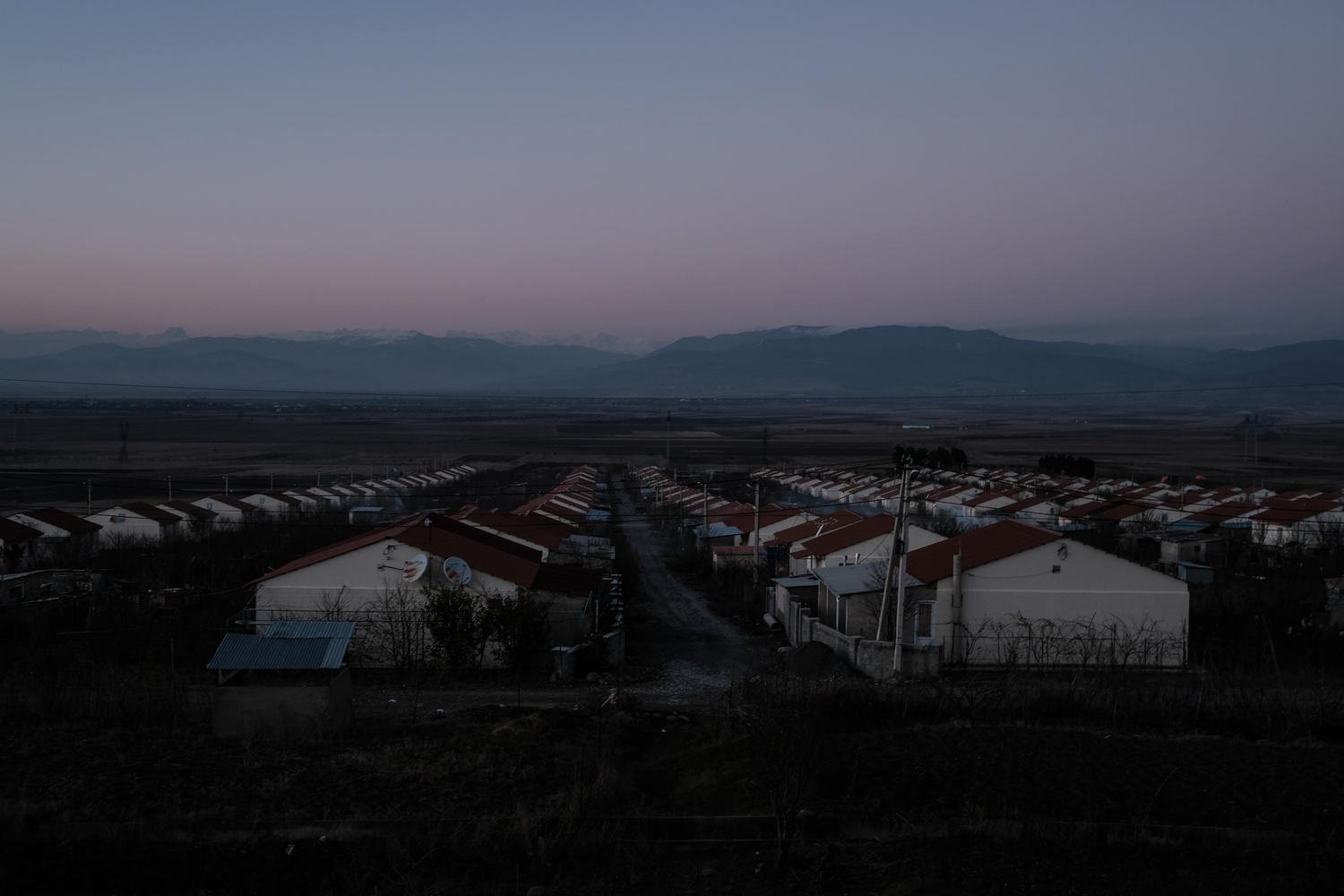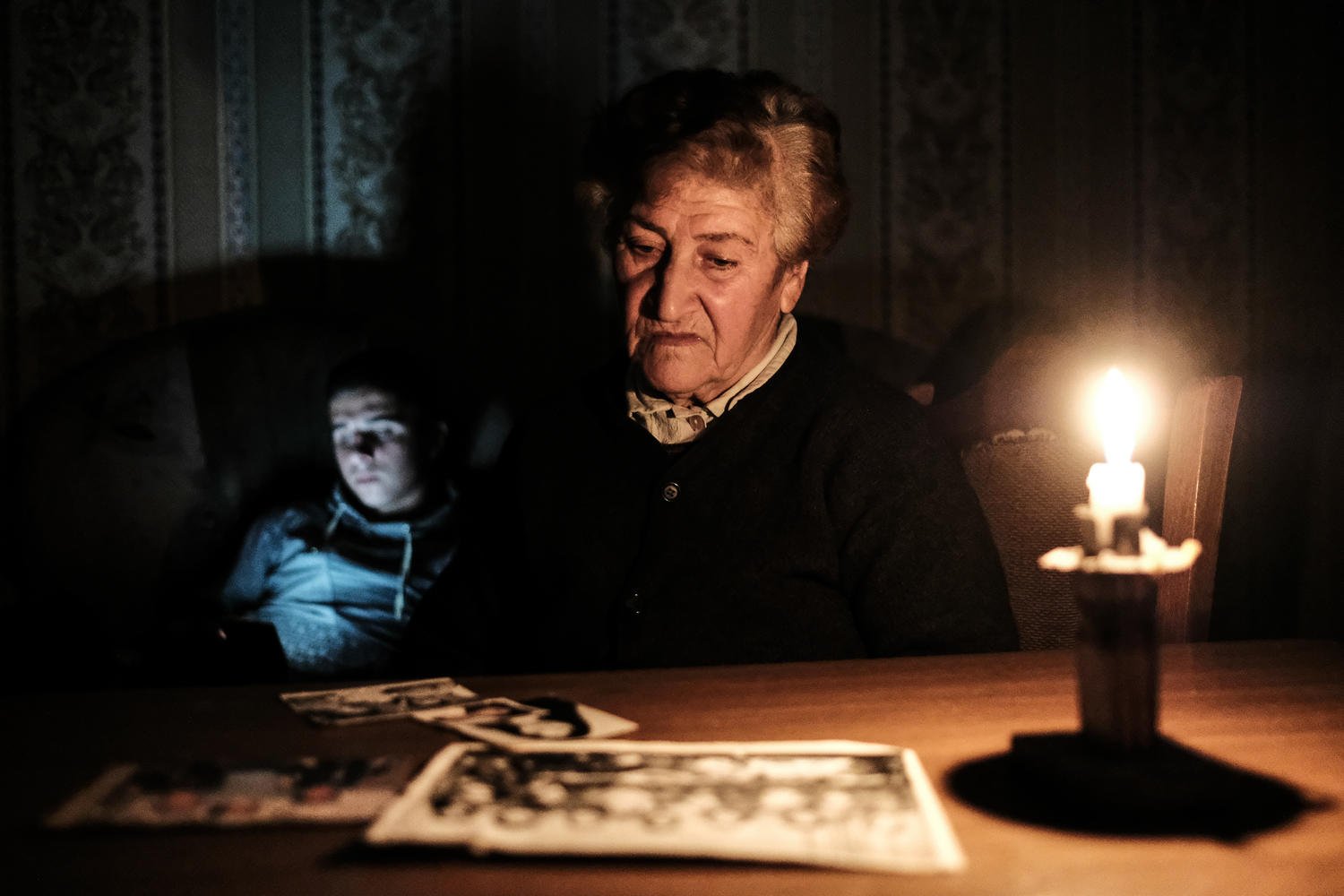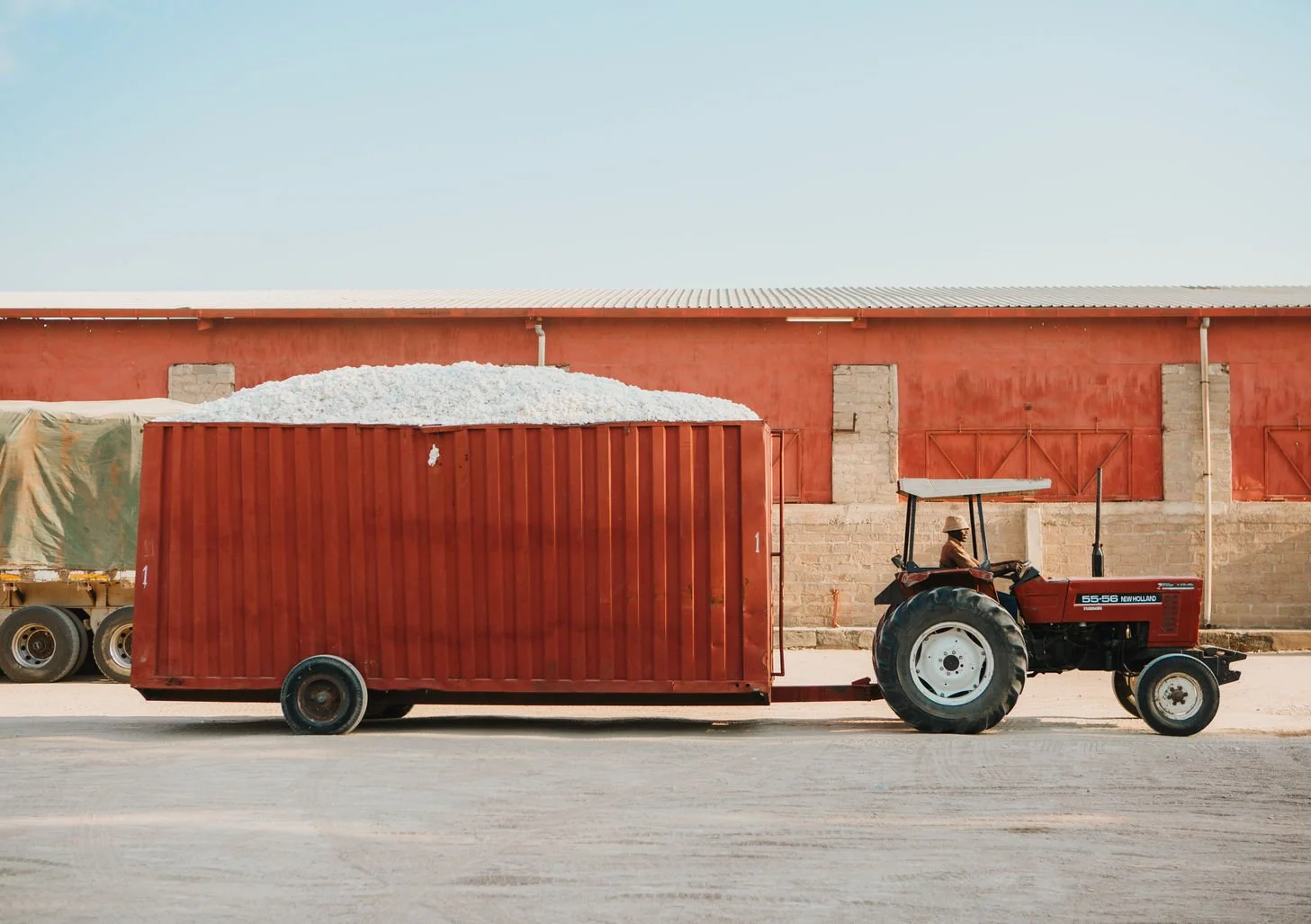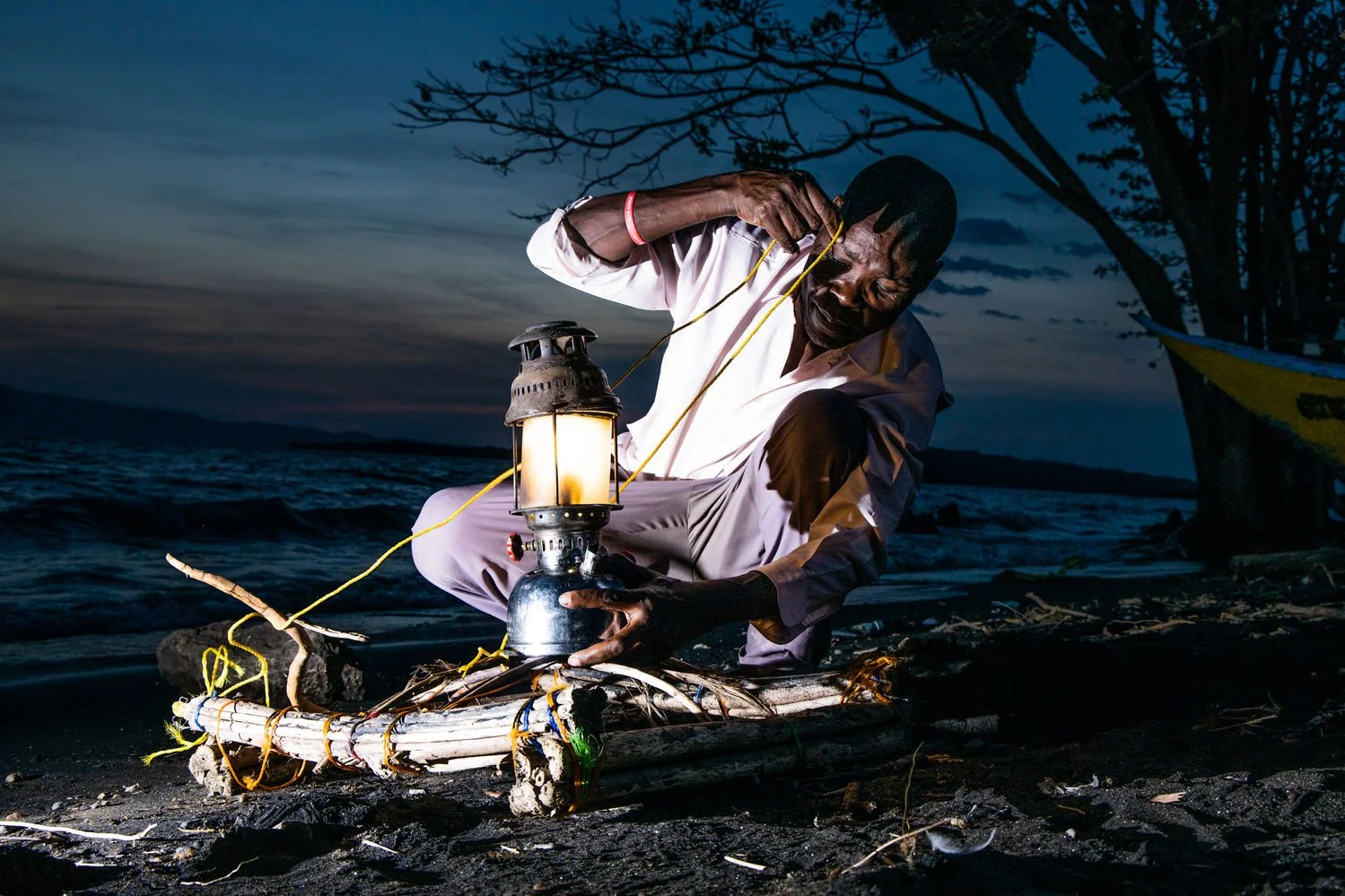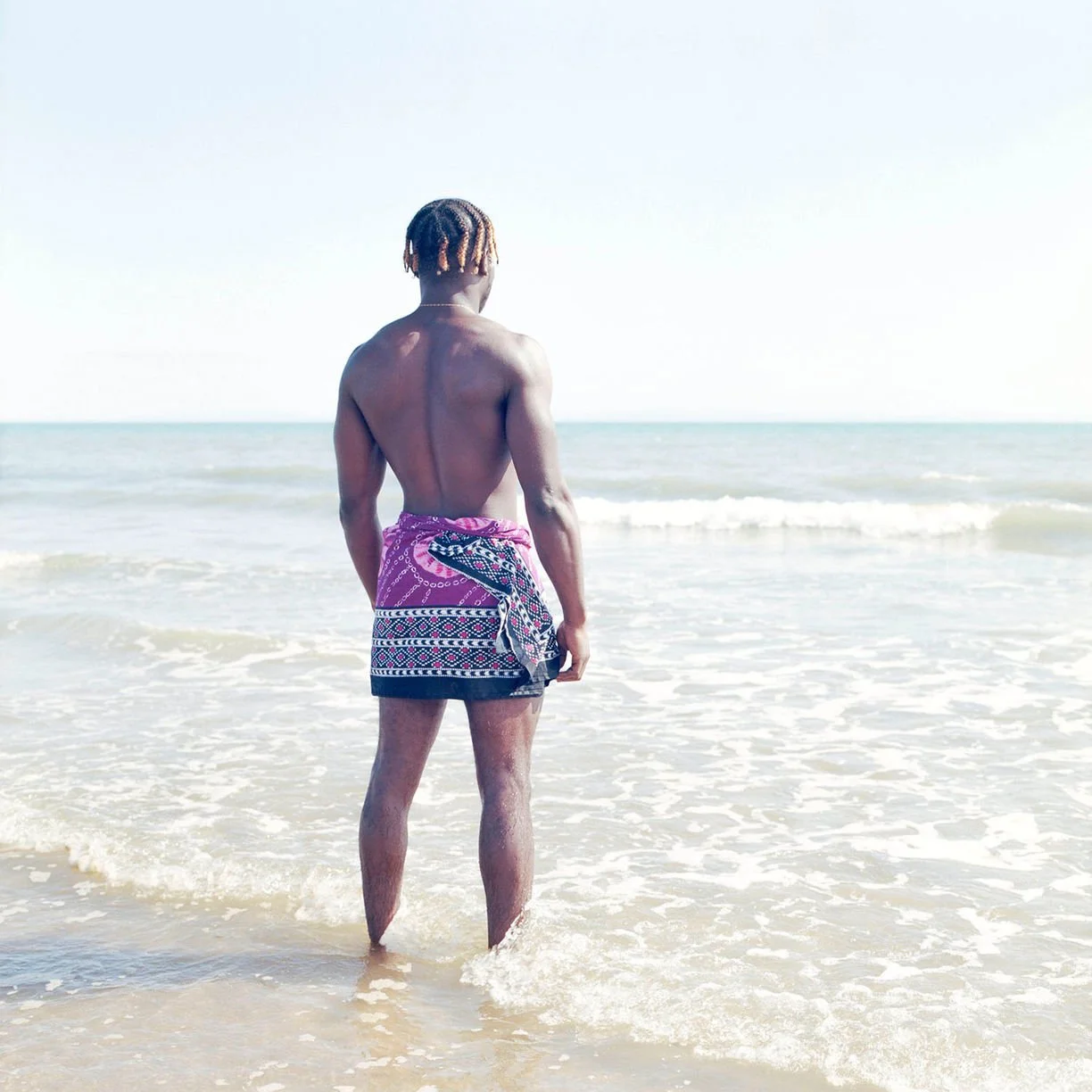The 2022 Nikon-NOOR Academy includes three intensive workshops that will be held in France, Hungary and Poland. Apply now for the tuition-free initiative.
© Andrea Bruce/ NOOR
Applications are now open for the tuition-free Nikon-NOOR Academy which will be held in France, Hungary and Poland.
For this edition, three workshops will take place independently in three different countries in Europe. Each workshop has 15 participants and consists of four all-day sessions directed by three NOOR authors.These authors will work closely with participants, sharing experiences, working on portfolios, guiding editing skills, and offering advice on creating impactful visual stories. Additionally, key industry figures will join the sessions to give inspiring lectures on new approaches and innovative practices relating to visual storytelling.
Due to COVID19 restrictions, all Nikon NOOR Academy workshops are postponed and will take place in March 2022 at the earliest. These workshops aim to be in-person and will abide by each country’s COVID19 regulations.
The application process
Applicants are encouraged to include in their portfolio a personal project they would like to engage with during the workshop and indicate in their motivation statement what they want to explore concerning that work. Jurors are looking for compelling visuals and stories. It should be noted that each workshop has specific criteria.
All three workshops are tuition-free for participants and open to emerging visual storytellers from the following countries: Albania, Andorra, Armenia, Austria, Belarus, Belgium, Bosnia & Herzegovina, Bulgaria, Croatia, Cyprus, Czech Republic, Denmark, Estonia, Finland, France, Germany, Greece, Hungary, Iceland, Ireland, Israel, Italy, Kazakhstan, Kyrgyzstan, Latvia, Lichtenstein, Lithuania, Luxembourg, Macedonia, Malta, Moldova, Monaco, Montenegro, Morocco, Netherlands, Norway, Palestine, Poland, Portugal, Romania, Russia, San Marino, Serbia, Slovakia, Slovenia, Spain, Sweden, Switzerland, Tajikistan, Tunisia, Turkey, Turkmenistan, Ukraine, United Kingdom, and Uzbekistan.
Applicants can only apply to one workshop location. Multiple applications to different workshops will not be considered. We strongly encourage photographers to apply to workshop locations in their surrounding regions.
Participants will be chosen by a panel of industry professionals. The deadline to apply is Sunday, January 30, 2022.
NOOR Authors
NOOR authors involved in the 2022 Nikon-NOOR Academy include Andrea Bruce, Tanya Habjouqa, Yuri Kozyrev, Olga Kravets, Bénédicte Kurzen, Kadir van Lohuizen, Sanne De Wilde, and Francesco Zizola. Please note that this may be subject to change.
Note: The 2022 Nikon-NOOR Academy in Poland is dedicated to female and non-binary identifying talent. Please refer to the application portal for more details.
